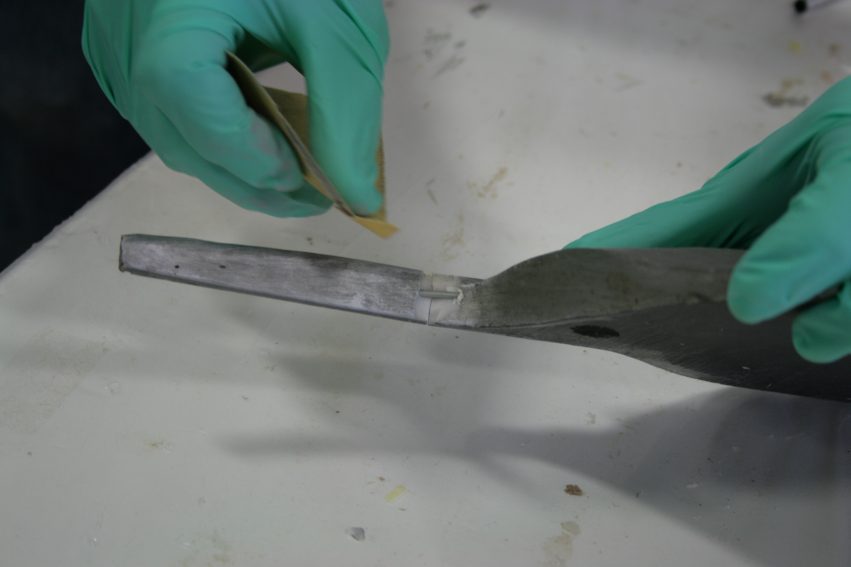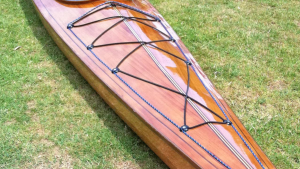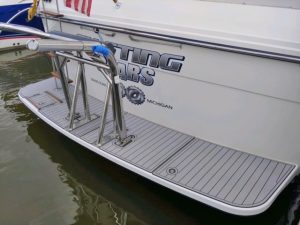
At Epoxyworks, much focus is placed on explaining how to use epoxy with wood and plastics. However, epoxy can also bond effectively to metals—provided the metal surface is properly prepared.
Can Epoxy Be Used with Metals?
Epoxy can indeed be used with metals such as stainless steel and aluminum, but proper surface preparation is essential to ensure a strong bond. The key is to restore the surface to “bright metal” before applying the epoxy.
Achieving a Bright Metal Surface
There are two primary methods for achieving the necessary bright metal surface: scrupulous abrasion and acid etching.
1. Scrupulous Abrasion
The first method involves degreasing the metal surface thoroughly and then abrading it to remove any paint, rust, or other contaminants. This method is especially effective for all types of steel.
For small areas, such as those being repaired, using 80-grit sandpaper or an angle grinder is sufficient to achieve an even bright metal surface. For larger areas, grit-blasting is a more efficient option. The goal is to reach surface preparation standard SA 2.5, which equates to near-white metal.
After abrading, the surface must be degreased again before applying epoxy. The application should take place as soon as possible—ideally within four hours—to prevent oxidation or contamination from compromising adhesion.
2. Acid Etching for Aluminum
When bonding to aluminum, degreasing is the first step. If using WEST SYSTEM 105 Epoxy Resin® mixed with 205 Fast Hardener®, the surface must then be chemically etched with an etching compound or a sulfuric acid/sodium dichromate solution. This process primes the aluminum for optimal adhesion.
However, chemical etching is unnecessary when using G/flex® epoxy.
The G/flex Epoxy Advantage
WEST SYSTEM G/flex epoxy was specifically developed to enhance adhesion to plastics and aluminum. Instead of acid etching, a simple degreasing and abrasion process is sufficient. Testing has shown that degreasing, abrading, and using G/flex epoxy results in a stronger bond than the traditional acid etching method followed by a 105/205 epoxy mix.
Enhancing Adhesion with Wet Sanding
Most metals benefit from wet sanding through the freshly applied epoxy. Once the epoxy has been applied to the prepared surface, rubbing a clean wire brush over it while still uncured creates additional surface scratches. This process further enhances adhesion by increasing the mechanical bond between the epoxy and the metal.





